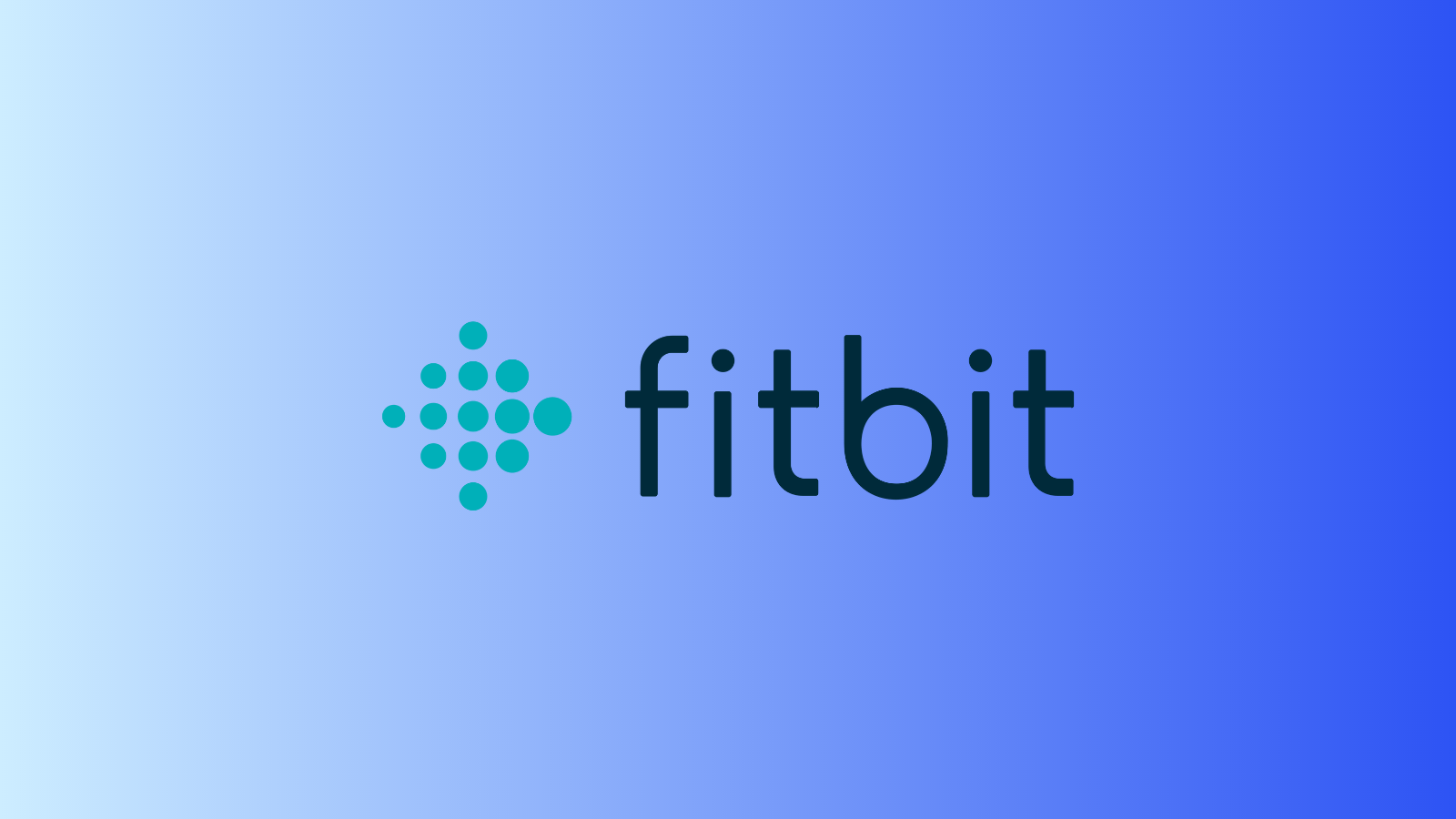Introduction
In the dynamic landscape of wearable technology, Fitbit has emerged as a pioneer, revolutionizing how we monitor our health and fitness. Beyond its sleek design and user-friendly interface, Fitbit owes much of its success to its strategic utilization of product analytics. Product analytics, the process of collecting and interpreting user data to enhance product development and user experience, has played a pivotal role in Fitbit’s journey to becoming a household name. In this blog post, we’ll delve into Fitbit’s illuminating case study on product analytics, exploring how this approach has propelled them to the forefront of the fitness tracking industry.
The Power of Product Analytics
Understanding User Behavior
One of the key advantages of product analytics is its ability to provide insights into user behavior. Fitbit harnesses this power by collecting data on user interactions with their devices. From the number of steps taken and heart rate fluctuations to sleep patterns and exercise routines, Fitbit captures a wealth of data that comprehensively understands its users’ lifestyles. This valuable information enables Fitbit to refine its products, ensuring that they cater to users’ unique needs and preferences. For instance, by analyzing user data, Fitbit might discover that a significant percentage of users engage in outdoor running rather than indoor workouts. Armed with this knowledge, they can allocate resources to improve GPS tracking accuracy, enhancing the overall user experience.
Iterative Product Development
Armed with user behavior insights, Fitbit embarks on an iterative product development process. This process involves the continuous enhancement of existing products and the creation of new ones, all informed by the data collected through product analytics. Fitbit’s case study underscores the significance of iteration in product development. By identifying usage patterns and areas where users might face challenges, Fitbit can release software updates that address these pain points, thereby boosting user satisfaction. For example, if product analytics reveal that a particular feature, such as sleep tracking, is underutilized, Fitbit can work on refining that feature or introducing new features that align with user preferences.
Personalization and User Engagement
Tailored User Experiences
Fitbit’s success is attributed to its hardware and software capabilities and its ability to deliver personalized user experiences. Product analytics enables Fitbit to understand individual users on a deeper level, allowing them to tailor recommendations and suggestions. Suppose a user consistently logs intense workout sessions. In that case, Fitbit’s algorithms might recommend advanced workout plans or recovery strategies, showcasing how product analytics can drive personalized interactions that foster user engagement.
Continuous User Engagement
User engagement is crucial for any technology company, and Fitbit leverages product analytics to maintain an ongoing relationship with its users. By analyzing usage patterns and interaction frequencies, Fitbit can identify users who may be disengaging from the platform. This insight prompts targeted interventions, such as sending motivational messages, suggesting new challenges, or introducing gamification elements to rekindle user interest. Fitbit’s case study highlights that product analytics bridges users’ needs and the company’s initiatives, resulting in sustained user engagement.
Improving Business Strategies
Market Insights and Trends
Product analytics extends beyond user behavior analysis and provides invaluable market insights. Fitbit’s journey has been guided by its ability to recognize emerging health and fitness trends through data analysis. This enables them to anticipate shifts in user demands and preferences. For instance, if product analytics indicate a growing interest in mindfulness and stress management, Fitbit can develop features such as guided breathing exercises to cater to this evolving trend, solidifying their position in the market.
Optimizing Resources
Fitbit’s case study underlines how product analytics helps optimize resource allocation. By understanding which features are most popular and frequently used, Fitbit can focus its development efforts on enhancing those aspects. On the other hand, features that are underutilized can be re-evaluated, potentially saving resources that can be channeled into more impactful areas. This strategic allocation ensures that Fitbit’s product development aligns with user preferences, ultimately leading to higher customer satisfaction and retention.
Conclusion
Fitbit’s remarkable journey from a startup to a global leader in wearable technology owes much of its success to the strategic implementation of product analytics. Through understanding user behavior, iterative product development, personalized user experiences, and optimized business strategies, Fitbit has improved its products and solidified its position in the competitive market. Fitbit’s case study serves as an illuminating testament to the power of product analytics, showcasing how data-driven insights can shape a company’s trajectory. As we continue to witness advancements in wearable technology, Fitbit’s approach to product analytics will undoubtedly continue to inspire and guide the industry forward.





